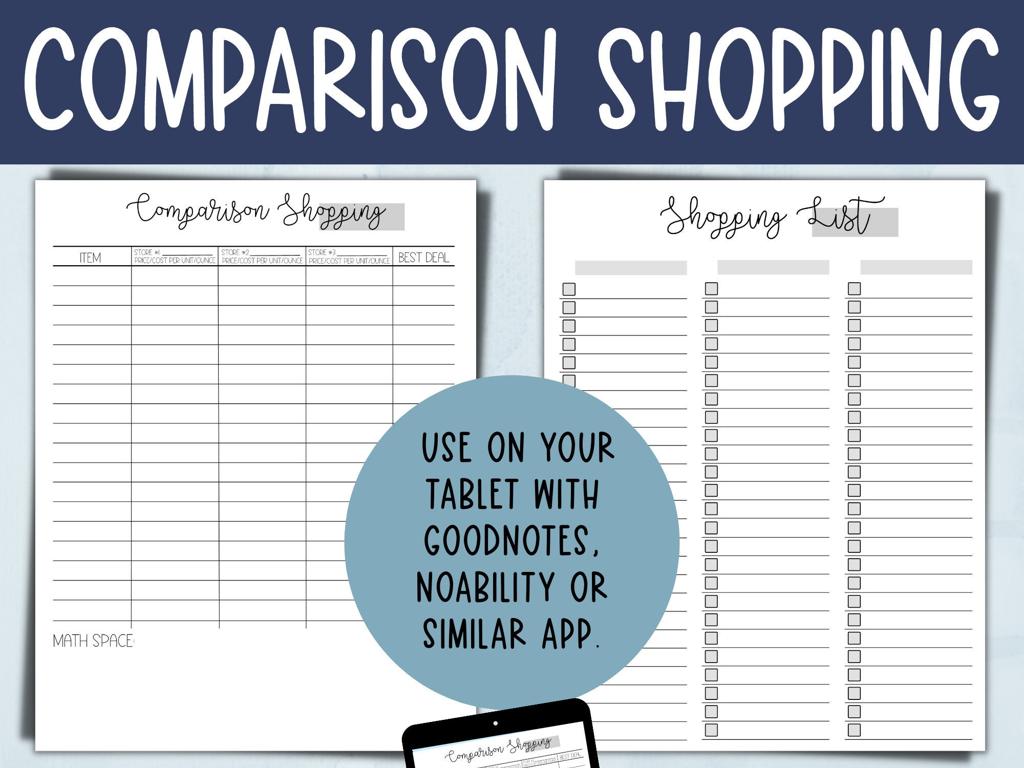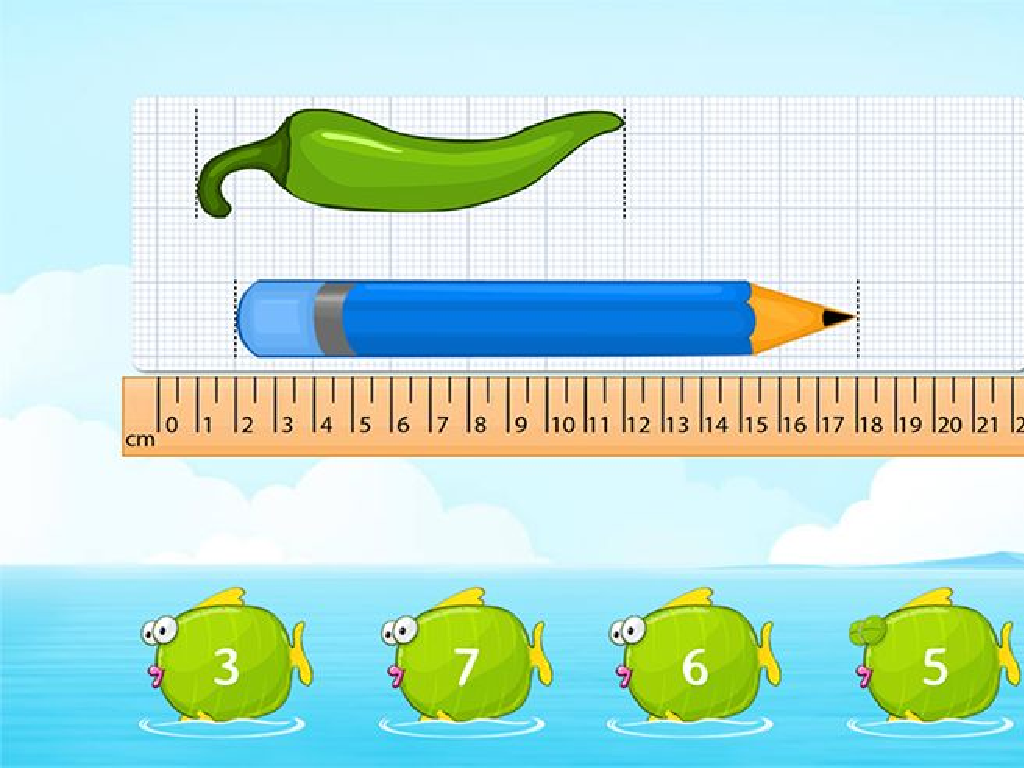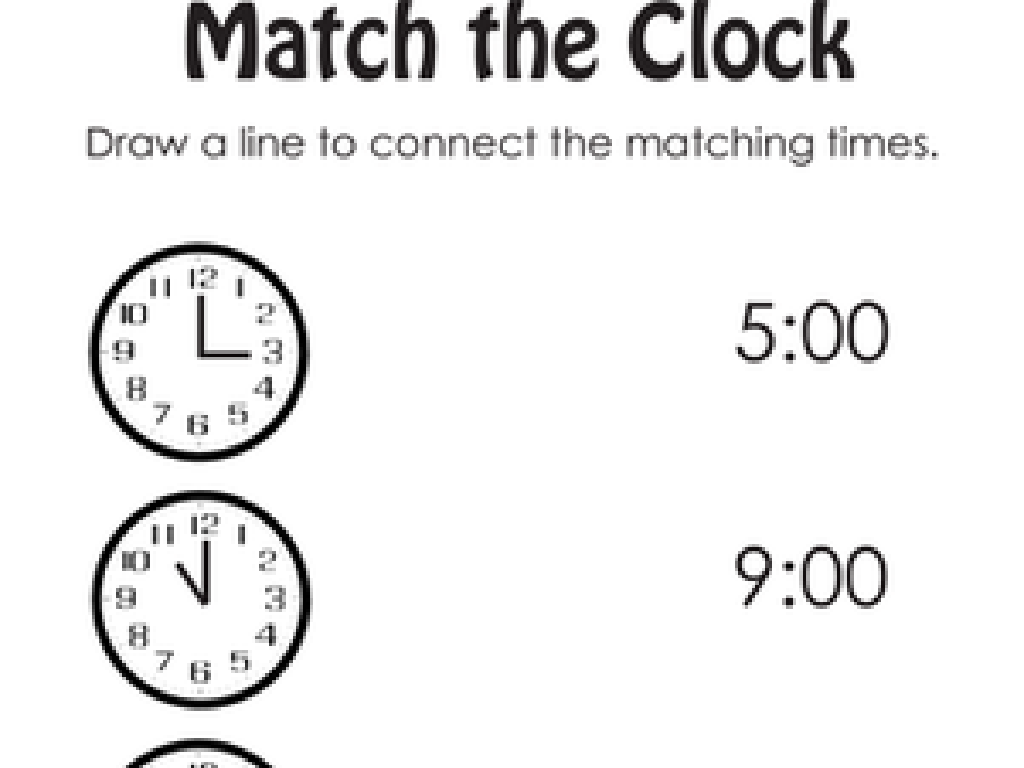Scarcity And Choices
Subject: Social studies
Grade: Second grade
Topic: Economics
Please LOG IN to download the presentation. Access is available to registered users only.
View More Content
Scarcity and Choices in Economics
– What is scarcity?
– Scarcity means not having enough of everything for everyone.
– We can’t have everything
– Sometimes we have to choose because we can t have all we want.
– Making choices daily
– Every day we choose one thing over another, like a game or a snack.
– Why choices matter
– Our choices show what’s important to us and help us meet our needs.
|
This slide introduces the concept of scarcity and choices to second-grade students. Begin by explaining scarcity as a situation where there are limited resources, which means we cannot have everything we want. Emphasize that this is why we have to make choices. Provide relatable examples, such as deciding between two toys or snacks, to illustrate daily decision-making. Highlight the importance of making choices and how they reflect our priorities and needs. Encourage students to think about the choices they made recently and discuss why they made them. This will help them understand the value of thoughtful decision-making in the context of limited resources.
Understanding Scarcity
– What does scarcity mean?
– It’s when we don’t have enough of what we want or need
– Scarcity leads to making choices
– Like choosing only one toy when we want many
– Daily life examples of scarcity
– Not enough time to play all games or limited snacks
– How scarcity affects decisions
|
This slide introduces the concept of scarcity to second-grade students. Scarcity is explained as the situation where we can’t have all the things we want or need because there’s not enough. It’s important to relate this to their everyday experiences, such as having to choose one toy over another or not being able to play all the games they want due to time constraints. Use relatable examples like limited snacks or time for play to illustrate scarcity. Discuss how scarcity requires us to make choices and prioritize what is most important to us. Encourage students to think of times they’ve had to make a choice because they couldn’t have everything they wanted.
Why Does Scarcity Happen?
– Limited resources exist
– There’s only so much of everything
– People have unlimited wants
– We all want lots of things
– Choices must be made
– We can’t have everything we want
– Scarcity leads to decisions
– We decide what’s most important
|
Scarcity occurs because while our resources, like toys, food, and time, are limited, our desires and wants are endless. We can’t have all the toys or play all the games we want. This means we have to make choices based on what is available and what we value most. It’s important to explain to the students that scarcity is a natural part of life and making decisions is a skill they use every day, like choosing what to play at recess or picking a favorite snack. Encourage them to think about times they’ve had to make a choice because they couldn’t have everything they wanted. This will help them understand the concept of scarcity and its impact on decision-making.
Choices We Make: Understanding Trade-offs
– Every choice has a trade-off
– When we pick one thing, we often have to let go of another
– Choosing means giving up something
– Like picking a toy to buy with your allowance
– Deciding what’s most important
– Think about what you like best or what you need
– Making smart choices
|
This slide introduces the concept of scarcity and choices to second-grade students. It explains that making a choice involves a trade-off, meaning when they choose one thing, they have to give up something else. Use relatable examples like choosing one toy over another when they have limited allowance money. Encourage them to think about what is most important to them when making a decision. This will help them understand the value of prioritizing and making smart choices. During the lesson, ask students to think of times they had to make a choice and what they had to give up, guiding them to understand the concept of opportunity cost in a simple and age-appropriate way.
Needs vs. Wants: Making Smart Choices
– Understanding needs for living
– Needs are essentials like food, water, and a home.
– Recognizing wants for fun
– Wants are extras like toys, candy, and video games.
– Sorting needs and wants
– We use sorting to tell what we really need from what we just want.
– Making better choices
|
This slide introduces the concept of scarcity and choices by differentiating between needs and wants. Needs are the essentials required for survival, such as food, water, and shelter. Wants, on the other hand, are items or experiences that are desired but not necessary for living. Teaching students to sort between needs and wants helps them understand the importance of making wise choices, especially when resources are limited. In the classroom, engage students with activities where they categorize items into needs and wants, and discuss why certain items are essential. This foundational understanding will help them with decision-making skills that are crucial in economics and in life.
Scarcity and Making Choices
– Scarcity means not having enough
– Choosing between a snack or a toy
– Imagine you have only $5. What would you buy?
– Scarcity influences our decisions
– Sometimes we can’t have everything we want
– Learning to make smart choices
– Think about what is more important or needed
|
This slide introduces the concept of scarcity to second-grade students and how it affects our everyday choices. Begin by explaining that scarcity means there isn’t enough of something for everyone to have as much as they want. Use the example of choosing between a snack or a toy to illustrate the need to make decisions based on limited resources. Discuss with the class how scarcity requires us to prioritize our wants and needs, leading to different decisions. Encourage students to think about what they would do in various scenarios and to understand that making smart choices is a valuable skill. The goal is to help students recognize that scarcity is a part of life and that making choices is necessary when we can’t have everything.
Class Activity: Making Smart Choices
– Play a game about choices
– Use limited resources wisely
– Imagine you have only 10 candies, how will you use them?
– Learn to prioritize
– Which is more important, a toy or a book?
– Think about consequences
– If you choose one, what will you miss out on?
|
This activity is designed to teach students about scarcity and the importance of making thoughtful decisions. Provide each student with a scenario where they have a limited number of items (like candies) and several options to use them. Encourage them to think about what is most important to them and why. Discuss the outcomes of their choices and what they had to give up, helping them understand the concept of opportunity cost. Possible activities: 1) Candy distribution, 2) Toy or book choice, 3) Allocating playtime, 4) Sharing limited art supplies, 5) Choosing between different snacks.
Understanding Scarcity and Choices
– Scarcity leads to wise decisions
– Every choice has a trade-off
– Choosing one thing means giving up another
– Reflect on today’s choices
– Think about what you decided to do and not do today
– Learning to prioritize needs
|
As we wrap up our lesson on scarcity and choices, it’s important for the students to understand that scarcity teaches us to make wise decisions because we can’t have everything we want. Emphasize that with every choice, there’s a trade-off, meaning if we choose one thing, we often have to give up another. Encourage the students to reflect on the choices they made today, such as playing with a friend or choosing a snack, to help them understand the concept of trade-offs. This reflection will help them learn to prioritize their needs and wants in the face of scarcity. For the next class, ask the students to come prepared with examples of choices they made at home and discuss the trade-offs involved.






